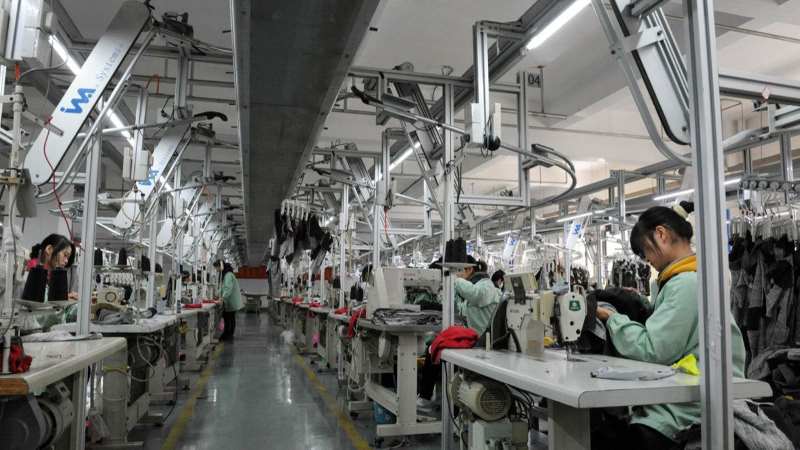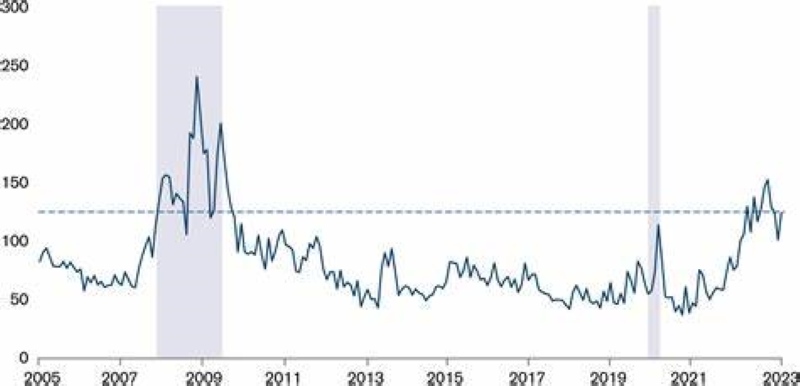Economy
U.S. Treasury Bonds Begin June with Volatility Amid Tariff Risks
U.S. Treasury bonds began June with notable instability, as 30-year yields tested the critical 5% threshold. This surge comes amid renewed concerns over former President Donald Trump’s tariff agenda, just as a key week kicks off with economic data that could shape the trajectory of the U.S. economy.
Inflationary Pressures Rekindle Market Tensions
Benchmark yields rose by 4 to 7 basis points across the curve, regaining momentum after a decline driven by weak May ISM manufacturing index data. Although activity contracted—evidenced by a sub-50 reading—the data also revealed inflationary pressures due to rising input prices.
Long-Term Bonds Lead Monday’s Sell-Off
After posting their first monthly loss of 2025—according to Bloomberg data—Treasuries, especially longer-duration ones, are facing mounting pressure from persistent fiscal deficits and still-elevated inflation. The 10-year yield climbed over six basis points to around 4.47%, while the 30-year briefly exceeded 5%, a key psychological level. The gap between 5- and 30-year yields neared 100 basis points, a spread not seen since 2021.
Expectations of a Steeper Yield Curve
“There’s a widespread expectation that the yield curve will steepen further,” said Tom di Galoma, managing director at Mischler Financial Group, referring to Friday’s upcoming jobs data and next week’s 10- and 30-year bond auctions.

China Revives Its Industrial Profits Strength Amid U.S. Tariffs
Profits of Chinese industrial companies rebounded in April, driven by a government-backed…
Institutional Investors Shun Long-Duration Bonds
Despite long-term yields nearing levels not seen since 2007, many institutional investors continue to steer clear of these instruments, favoring five-year notes instead. “Our strongest conviction remains to underweight long-dated Treasuries,” BlackRock stated in its weekly report, citing concerns over structural deficits and the potential fiscal impact of new congressional budget decisions.
Historic Inversion Between 20- and 30-Year Bonds
The sharp sell-off in long-term debt caused the 20-year yield to dip below the 30-year for the first time in nearly four years—the deepest inversion between the two. The 20-year bond has struggled with demand since its reintroduction and typically trades above the 30-year due to its lower appeal.
Political Uncertainty Dims Safe-Haven Bond Demand
“There’s little mystery as to why the long end of the safe-haven bond curve remains unpopular,” wrote Rabobank strategists led by Richard McGuire, pointing to political uncertainty as a key deterrent. The threat of renewed trade tensions remains high, especially after Trump vowed to double tariffs on steel and aluminum to 50% and accused China of breaching trade agreements.
Fed Eyes Labor and Trade Data
Alyce Andres, a Bloomberg rates strategist, noted that the current reluctance to buy bonds—combined with inflation signals—supports “steepening” strategies that have gained traction since April. Upcoming labor reports are expected to shape both yield direction and the Federal Reserve’s policy stance. Markets now anticipate just two 25-basis-point rate cuts in 2025, down from three projected in May.
Fed Chair Jerome Powell refrained from commenting on future interest rate moves. Meanwhile, Chicago Fed President Austan Goolsbee said he remains open to cuts, depending on how trade policy evolves. Dallas Fed’s Lorie Logan emphasized that the central bank can afford to be patient while assessing inflation and employment dynamics.


